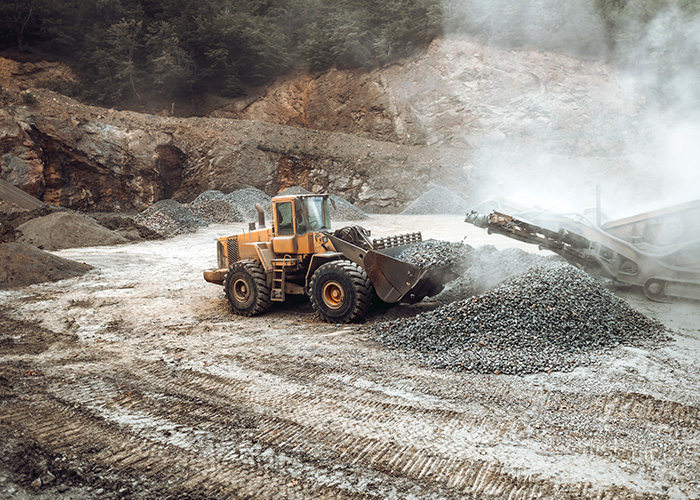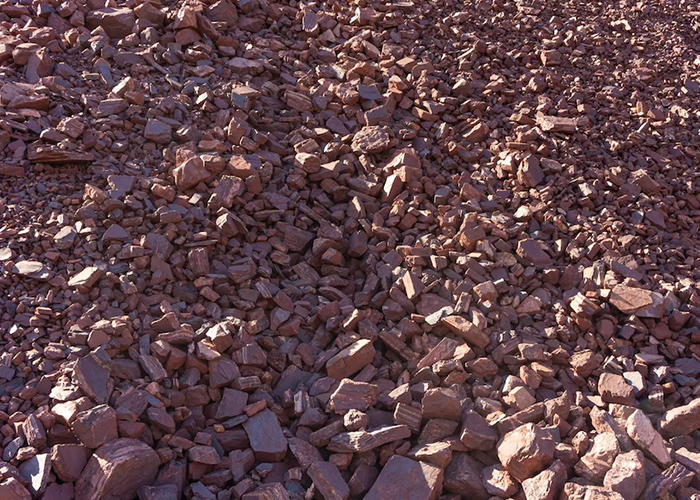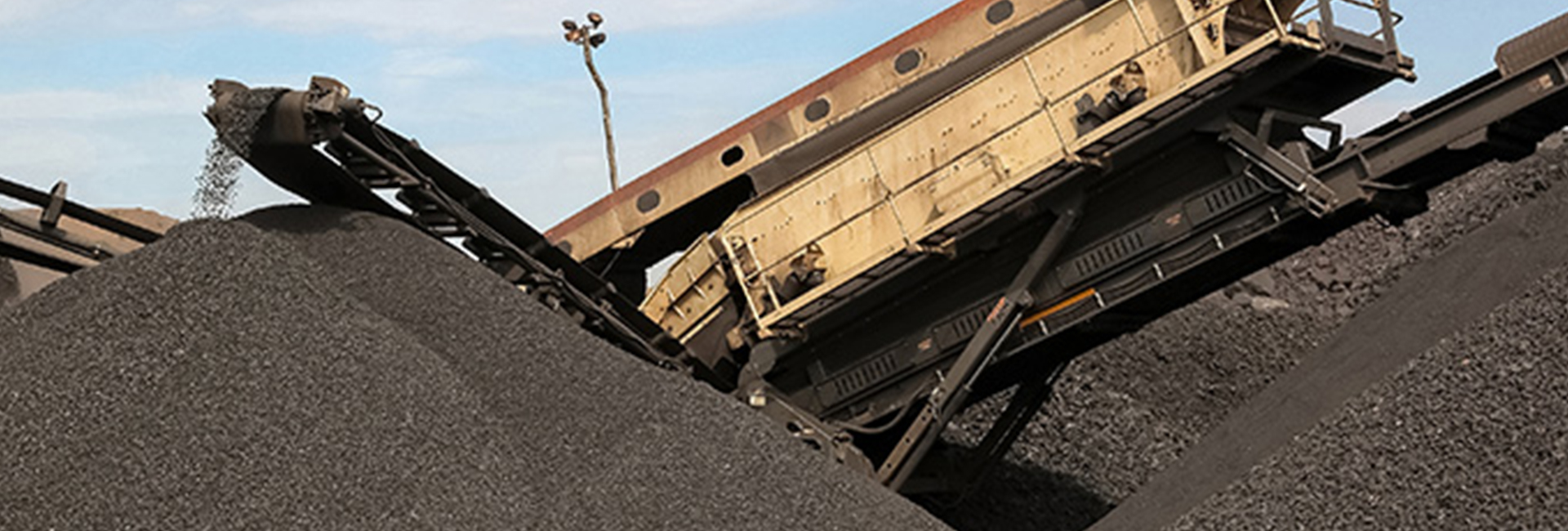One of the most coveted metals in the world today is steel. Modern structures and development projects are possible with the aid of steel. Steel truly is the backbone of any developing and developed nation. Yet the production of steel would be impossible without the presence of one core naturally occurring metal – iron ore.
Table of Content |
Iron ore is abundant in nature and is one of the oldest used metals. The use of iron ore can be traced back to as early as 3200 BC. Early humans found various uses for iron ore, and the production of iron ore was accelerated in 1200 BC under the Mesopotamian civilization. The reason is that iron is just one metal.
Unlike other metals, iron is not an alloy and hence the production of this metal is easier compared to other metals.
This simplicity, coupled with the metal’s inherent strength, led to the widespread adoption of iron. The true utility of iron ore was recognized during the industrial revolution when the production of steel was streamlined.
Iron Ore Industry In India

India is endowed with an abundance of iron ore reserves. These reserves and extensive mining advancements have helped India limit its steel imports and expand on exports. The industry is also responsible for bringing in a large percentage of revenue to the country. Currently, the onus of iron ore production in India rests on these states – Chhattisgarh, Odisha, Goa, Karnataka, Jharkhand, and Rajasthan. These states form the major chunk of the iron ore belt, and it is here that companies and units of iron suppliers are located.
There are many types of iron ore found in India. The 2 main types are Hematite and Magnetite, of which Magnetite is more valuable since it holds a larger percentage of iron. This presence of iron has helped India build its steel capacity to 143.91 million tonnes.
As of 2021, there are 254 mines present in India, of which 219 belong to the private sector. While steel is the final product of iron ore, we will look into the many subsidiary products of iron ore in the next section.
Sponge Iron Manufacturing in India

Sponge iron is one of the many products manufactured during the production of iron. Sponge Iron is also known as Direct Reduced Iron (DRI) and is produced by the direct reduction of iron ore.
These ores, usually in the form of lumps or pellets, are reduced using a gas derived from natural gas or coal. The method of direct reduction is an alternative method of iron making. This method is preferred to the conventional blast furnace method of iron making since it reduces waste and yields better production.
Sponge iron is also preferred in the production of TMT steel bars because of its low sulfur content. It also acts as a substitute for steel scrap in the manufacturing of steel. Overall sponge iron helps in the production of superior, high-grade steel. Sponge iron is also used as a coolant in LD converters of steel plants.
Sree Metaliks Limited – Sponge Iron Manufacturer In India
Sponge iron is an important component in the production of steel. The many benefits of sponge iron have further increased its demand in the steel manufacturing industry. To meet this ever-growing need, many sponge iron manufacturers have accelerated their production.
One such sponge iron plant manufacturer in India is Sree Metaliks Limited. This leading manufacturer of iron ore, TMT bars, pellets, and sponge iron has established a name for itself in the construction industry. The brand was incorporated in 1995 and has since then set up mining units in Odisha.
Sree Metaliks Limited is an iron supplier and sponge iron manufacturer that offers high-grade sponge iron. The brand makes conscious efforts to always deliver high-quality raw materials and finished products at cost-effective prices. So, for your next project, invest in sponge iron from Sree Metaliks Limited.

